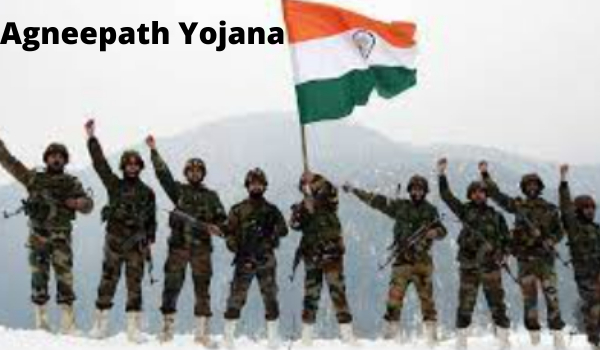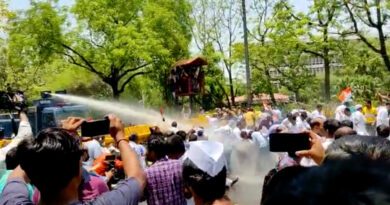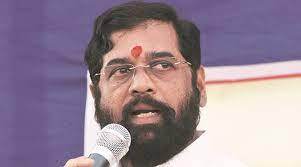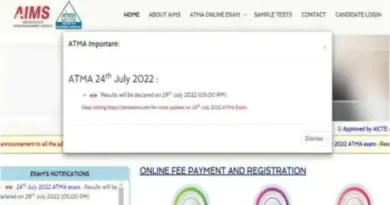Agnipath scheme: Why age relaxation can also become a problem
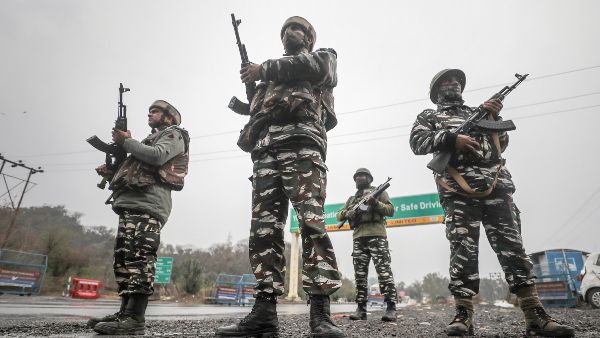
Moving to allay concerns and dial down anger on the streets over the short-term Agnipath recruitment scheme for the armed forces, the government announced a one-time relaxation in the upper age limit for entrants this year, raising it from 21 to 23 years, saying there had been no recruitment in the last two years
But this one-time waiver can also become a problem.
Recruitment data shows that the intake of 46,000 recruits this year — that’s the number specified for recruitment in the first year of the Agnipath programme — will be the lowest since 2015 for the three services together.
The age relaxation for the first year will see more candidates vie for the 46,000 positions being offered after two years of zero-recruitment — the government has not mentioned or shown any willingness yet to raise this number for 2022.
According to recruitment data shared by the Ministry of Defence with Parliament in March this year, the recruitment of soldiers for the Army, below the rank of officers, through recruitment rallies in the last seven years, topped at 80,572 in 2019-2020. No recruitment has been done in the years since.
Data shows that between 2015 and 2020, the Army hired more than 50,000 soldiers every year.
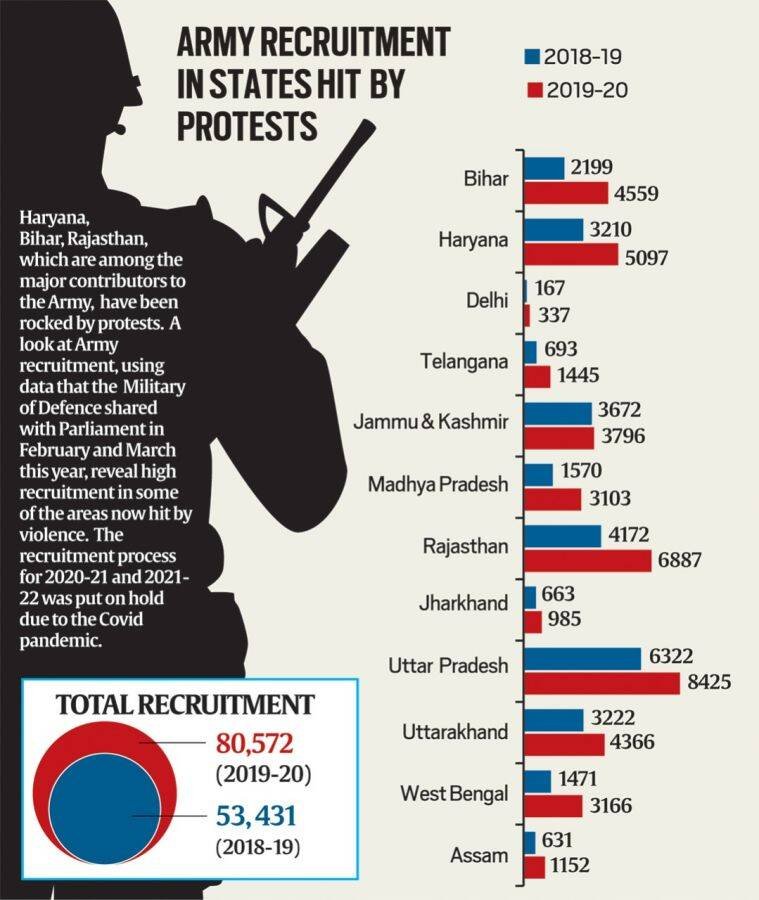
In 2015-2016, the Army recruited 71,804 people across the country, which came down to 52,447 in 2016-217. In 2017-2018, the Army recruited even fewer people — 50,026. This rose to 53,431 recruits in 2018-2019. The largest recruitment was in 2019-2020 when the Army took 80,572 recruits through its rallies.
These numbers are only for the Army, while the 46,000 Agniveers this year will be for all three services.
Sources said the total induction in the three services over the first four years of the Agnipath scheme will be a little over 2 lakh — 202,900 Agniveers, of which around 175,000 will be for the Army. This works out to an average of around 50,000 Agniveers recruited every year for all three services over the next four years.

